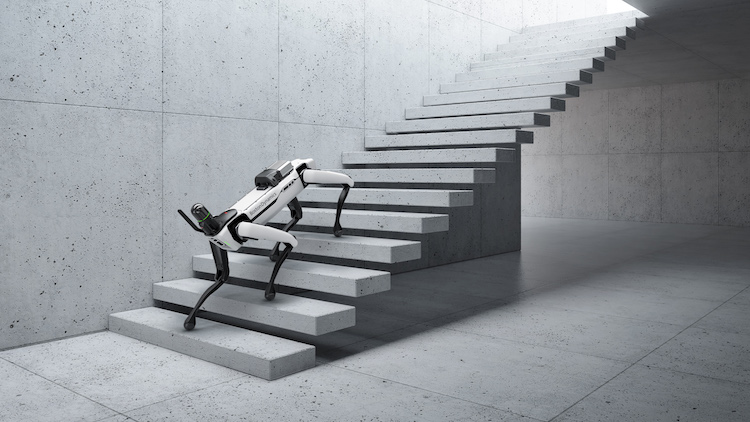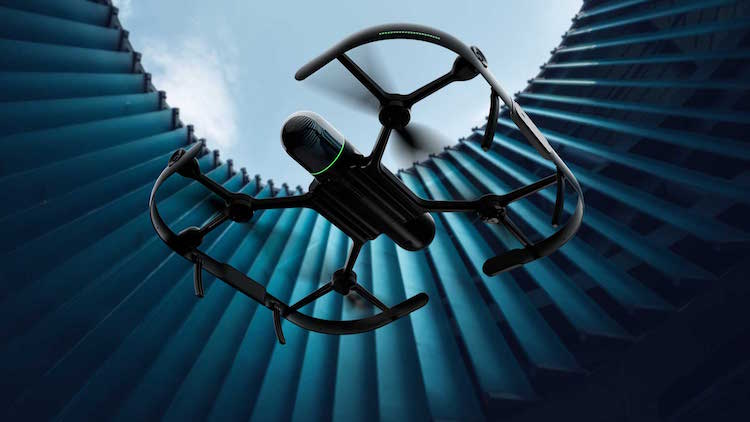
Leica BLK laser scanners have gone autonomous and can fly and walk: they have been fitted to Boston Dynamics’ Spot the robot dog and a drone.
The former is the Leica BLK ARC and the latter the Leica BLK2FLY.
The ARC is a laser scanning sensor purposely built to improve the autonomous navigation of robots and other carrier platforms to deliver autonomous mobile laser scanning. Said to combine speed, accuracy, and versatility with robotics, the ARC “addresses the growing demand for autonomous solutions that can safely and repeatedly capture accurate 3D point clouds and panoramic images of changing environments with minimal user intervention”, according to Leica parent Hexagon.
While the ARC is integrated with the Spot robot, it can be integrated with other autonomous robotic carriers. Spot carries the ARC through an environment while the scanner improves its navigation while capturing 3D data. The combination provides Spot with “greater autonomy with accurate laser scanning and navigation, enabling users to safely build 3D models of any area the robot can [walk through]”, said Hexagon.

The BLK2FLY is claimed to be the world’s first fully integrated, autonomous flying laser scanning sensor. The combination of LiDAR, radar, cameras and GNSS ensures optimal and safe flight paths.
Hexagon said: “With a few simple taps on a tablet, users can quickly and easily scan structures and environments accurately and entirely from the air. The airborne scanning provides value across multiple industries in need of accurate data of inaccessible or hard-to-reach areas (e.g. facade projections and rooftops), ensuring complete capture of a structure’s exterior features and dimensions.”
Both models connect to Hexagon’s cloud-based visualisation platform, HxDR, where immediate data upload from the field, AI-enabled cloud processing and storage of the captured data provides instant delivery of digital reality to the user.
Hexagon president and CEO Ola Rollén said: “The robots, sensors and software work together, dynamically adjusting reality capture missions to offer seemingly limitless business applications – from as-built site documentation for buildings to monitoring and situational awareness of remote or hazardous environments, such as mines, factory floors, offshore facilities, fire investigations and more.”
Watch the videos:














